Seikurabe
Hashira no kizu wa ototoshi no
Gogatsu itsuka no seikurabe
Chimaki tabetabe niisan ga
Hakatte kureta seinotake
Kinou kuraberya nan no koto
Yatto haori no himo no takeHashira ni motarerya sugu mieru
Tooi oyama mo seikurabe
Kumo no ue made kao dashite
Tende ni senobi shite itemo
Yuki no boushi wo nuide sae
ichi wa yappari Fuji no yamaLyricist:UNNO Atsushi
Composer:NAKAYAMA Shinpei
in 1923
Comparing heights
The wound on the pillar was the year before
Traces of back comparison measured on May 5th
While eating chimaki, my brother
measured my height
Nothing special compared to yesterday
It’s finally as tall as the string of a haori
Leaning against the pillar, I could see them right away.
Even the distant mountains seem to be competing against each other
Like sticking their face out above the clouds
They’re stretching themselves too, but
Even he took off his hat of snow
Of course, the best is the mountain of Mt. Fuji

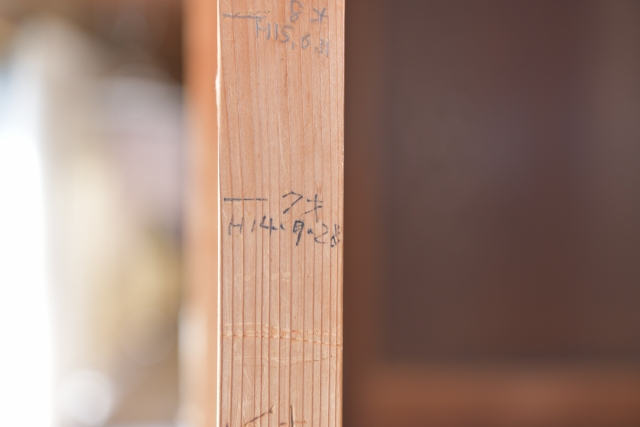
May 5th is Children’s Day, also known as Tango-no Sekku, a day to celebrate and pray for the healthy growth of boys.
Looking back, this song may have had an influence, but in the Showa era it was customary for siblings to measure their height against each other and mark it on a pillar on May 5th. Nowadays, with an increasing number of people living in rental housing, marking pillars and causing damage would likely result in anger from the parents. Such changes in the times can be felt in these aspects as well.
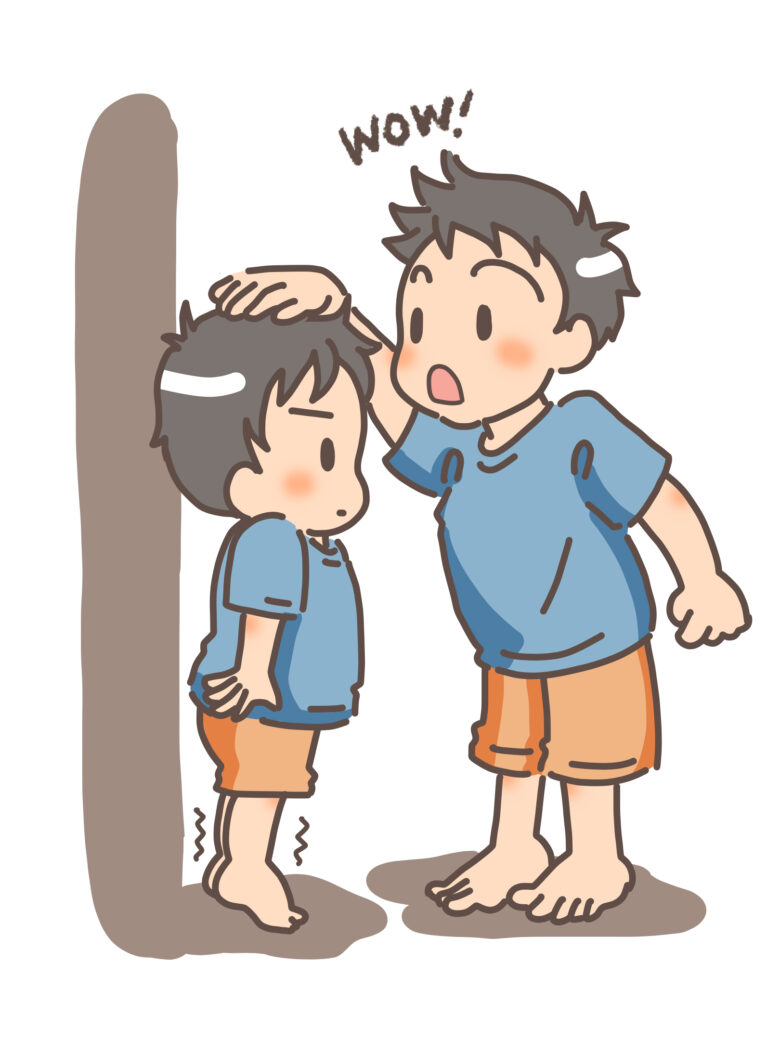
The line in the first verse, “Finally as tall as the string of a haori”, is said to represent the younger brother’s perspective, who had grown up to the height of the string that fastens the coat of his older brother, who had dressed up in formal attire to celebrate Tango no Sekku. In the second verse, the view of Mount Fuji from inside the house is depicted, which is likely the scenery from UNNO Atsushi’s hometown in Suruga, Shizuoka Prefecture. The mountains that compete with each other in height may be referring to the Southern Alps mountain range. Houses where one can enjoy such long views are now likely limited to the upper floors of high-rise apartments.

By the way, the “chimaki” that his older brother is measuring his height while eating is often imagined in eastern Japan as a steamed dish made with seasoned meat, bamboo shoots, and glutinous rice wrapped in bamboo leaves or other materials. In western Japan, it is more common to refer to a Japanese confection wrapped in bamboo leaves and filled with sweet dumplings. The lyricist, UNNO Atsushi, is from Shizuoka Prefecture in central Japan, which is located on the border between eastern and western Japan. So, I wonder which one he was referring to.
However, it seems that the “chimaki” eaten on Tango-no Sekku often refers to the sweet Japanese confection pictured.
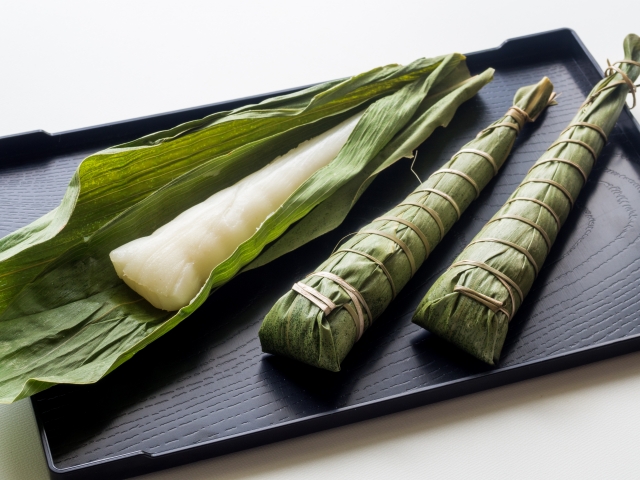
▲Monument of Seikurabe


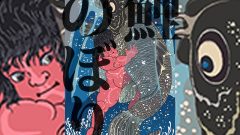
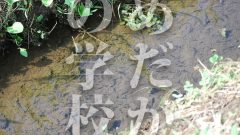
コメント